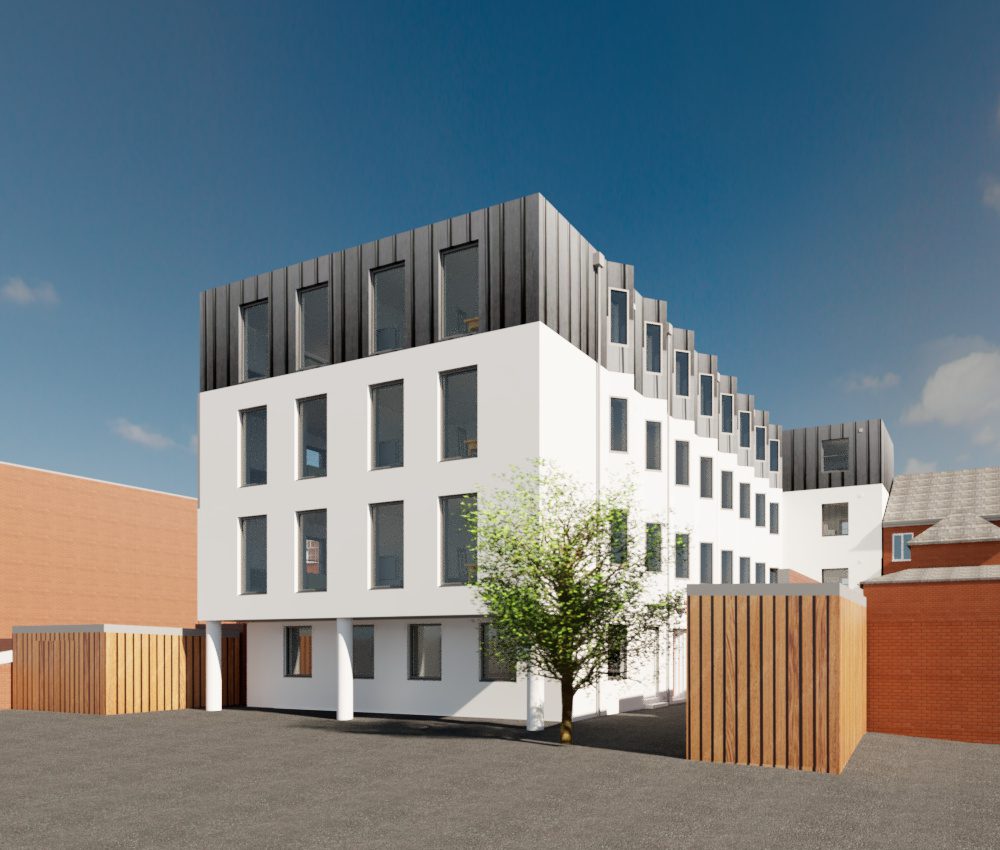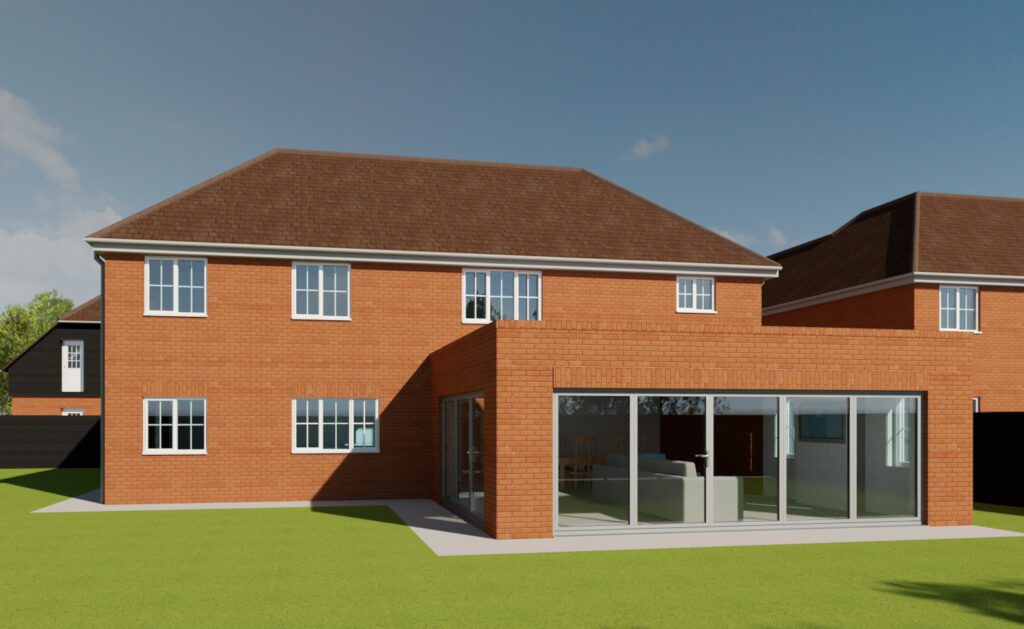Permitted Development Rights
(Updated to incorporate changes from March 24 and May 24)
Permitted Development Rights (PDR) are written into Central Government legislation that creates an alternative route to obtain permission to build, instead of applying for planning permission.


In the below article we highlight some of the ways that PDR has changed and how it can be used for both developers and private residential clients.
Introduction
PDR were created with the intention of giving some certainty to applicants as to what can be built, and as a result have become a popular route for developers and homeowners. They are regularly updated and as we work on PDR applications every week with our clients, we have built up a wealth of experience over the years which we share with you below.
The benefits of applying for PDR approval over applying for planning permission is that there are usually less requirements to meet, there is a largely objective process and the application process is considerably quicker and cheaper.
Commercial Conversions
PDR can be used to apply for the conversion of commercial buildings from one use class to another. In March 2024 PDR was amended to allow larger buildings to be converted and furthermore the building no longer had to be vacant for an application to be made.
Some recent examples we have worked on include converting an office building into 15 residential apartments over 4 floors.
The benefit in applying for PDR approval over applying for planning permission is that there are less requirements to meet, and the application process is considerably quicker and cheaper.
Agricultural Conversions
PDR can be used to apply for the conversion of agriculatural buildings from one use class to another. For example a current example is a client looking to obtain approval to convert a barn into multiple residential units. In May 2024 PDR allowances were increased to allow larger agricultural buildings upto 1500m2 to be converted into upto 10 residential units. It also now allows these buildings to be extended.
Airspace extensions
PDR can be used to apply for 1 or more stories to be built onto an existing building. These rights can allow you to add a storey in situations where it would not be permitted under a planning application.
An example of this is a private residential client who wanted to increase the number of bedrooms in their bungalow and we proposed a new 1st floor for the new bedrooms and bathrooms.
Another example of this is where we proposed an additional floor on a commercial building for our developer client.
Rear and side extensions
PDR can be used to apply for a single storey side or rear extension or a 2 storey rear extension instead of applying for planning permission.
A recent example of this is where a client had previously applied for planning and been refused permission. They approached us and we proposed using PDR. This was then approved.
Outbuildings
PDR can be used to apply for outbuildings so long as they are for purposes ancillary to the host dwelling.
A recent example of this is where a client wanted a gym in the garden and we proposed a building that complied with PDR.
Conclusion
PDR is extremely powerful and we use it as much as we use planning permission. There is, as with planning, a lot of small print that excludes a lot of use cases and conditions/restricts a lot of other use cases. PDR can be varied from area to area and there are certain areas that are excluded from PDR altogether.
As always, we are on hand to discuss any projects that you may have now and in the pipeline and look forward to guiding you through all stages of the project.
